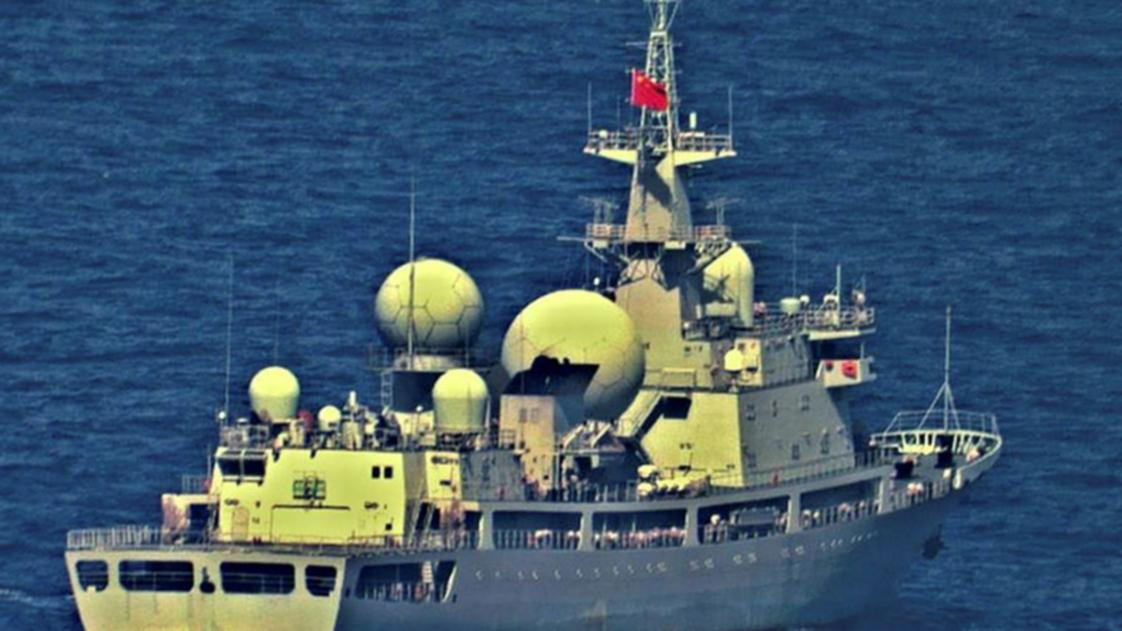Chinese Warships and Fighter Jets Near Australia Spark Tensions
Australia's defense forces are on high alert following the sighting of three Chinese warships operating northeast of the country and an “unsafe and unprofessional” interaction between an Australian P-8A maritime patrol aircraft and two Chinese J-16 fighter jets over the South China Sea. The incidents have heightened concerns regarding the increasingly assertive actions of the Chinese military in the region.
Monitoring Chinese Naval Activity
The Australian Defense Force (ADF) announced on Thursday the presence of a Chinese naval task group in the Coral Sea. This task group included the Type 055 destroyer CNS Zunyi, the Type 054A frigate CNS Hengyang, and the Type 903 replenishment vessel CNS Weishanhu. The proximity of these vessels to Australia's coastline has prompted heightened surveillance and monitoring efforts by the ADF. The ADF regularly monitors maritime traffic within Australia's 200-nautical-mile exclusive economic zone and its maritime approaches, emphasizing the nation's commitment to maintaining maritime security in its region. While the exact distance of the Chinese ships from Australia's territorial waters remains unclear, the incident underscores the growing presence of Chinese naval assets in the region. Australia's statement affirmed its right to exercise freedom of navigation, upholding international law. This incident follows China's recent naval flotilla visit to Vanuatu, another island nation, showcasing Beijing's expanding naval reach in the Pacific.
A Confrontation in the South China Sea
Adding to the heightened tension, the ADF also reported an incident involving one of its P-8A maritime patrol aircraft and two Chinese J-16 fighter jets over the South China Sea. The Australian military described the interaction as “unsafe and unprofessional,” detailing an encounter where one of the Chinese jets released flares within 30 meters of the Australian aircraft. Despite the alarming proximity, there were no reported injuries or damage to the Australian aircraft. Nevertheless, the ADF lodged formal complaints with the Chinese military through both diplomatic and military channels in Canberra and Beijing. Australia's military stressed that its maritime surveillance activities in the region comply with international law, exercising the right to freedom of navigation and overflight in international waters and airspace. This longstanding practice highlights Australia’s commitment to maintaining regional stability while adhering to established norms.
China's Response
China responded to Australia's account of the incident by accusing the Australian aircraft of “deliberately intruding” into its airspace near the Paracel Islands (Xisha Qundao). The Chinese Foreign Ministry justified its actions, claiming the Chinese military took legitimate measures to expel the aircraft. This conflicting narrative highlights the ongoing challenges in establishing clear communication and de-escalation mechanisms between the two nations amidst escalating regional tensions.
The Growing Geopolitical Tensions
The combined incidents serve as a stark reminder of the increasing complexity of the strategic environment in the Indo-Pacific region. The presence of Chinese warships near Australia's coast, coupled with the aggressive aerial encounter in the South China Sea, underscores the rising tensions between the two countries. Australia's Defence Minister Richard Marles emphasized the need for safe and professional interactions between military forces, stressing that these events fell short of this expectation. The events further emphasize the need for clear communication protocols and conflict resolution strategies in navigating these evolving geopolitical dynamics.
Navigating the Future
While both nations express a commitment to maintaining regional stability, the recent incidents raise serious concerns. The actions undertaken by China challenge the established norms of international law, and are viewed by many as an attempt to assert its influence and dominance in the region. These actions have significant implications for regional security, and underscore the need for a robust diplomatic response aimed at de-escalating tensions and fostering open communication. Moving forward, it’s crucial for both countries to engage in constructive dialogue, prioritizing the establishment of clear communication channels to reduce misunderstandings and prevent accidental escalation.
The situation calls for a multifaceted approach involving diplomatic engagement, strengthened regional partnerships, and continued vigilance. It underscores the need for countries to work together in upholding international law and fostering a stable and secure Indo-Pacific region. Only through open communication and the adherence to established norms can the region avoid potentially hazardous escalation of tensions.
The escalating tensions between Australia and China highlight a complex geopolitical landscape. The actions of both nations will undoubtedly shape the future of regional security and require ongoing monitoring and careful consideration. The future requires a focus on maintaining peaceful relations and clear communication to ensure regional security and stability.

















